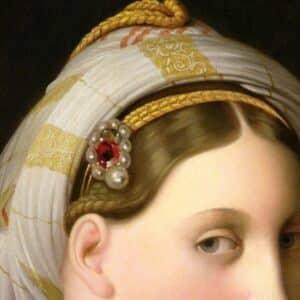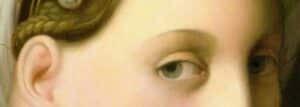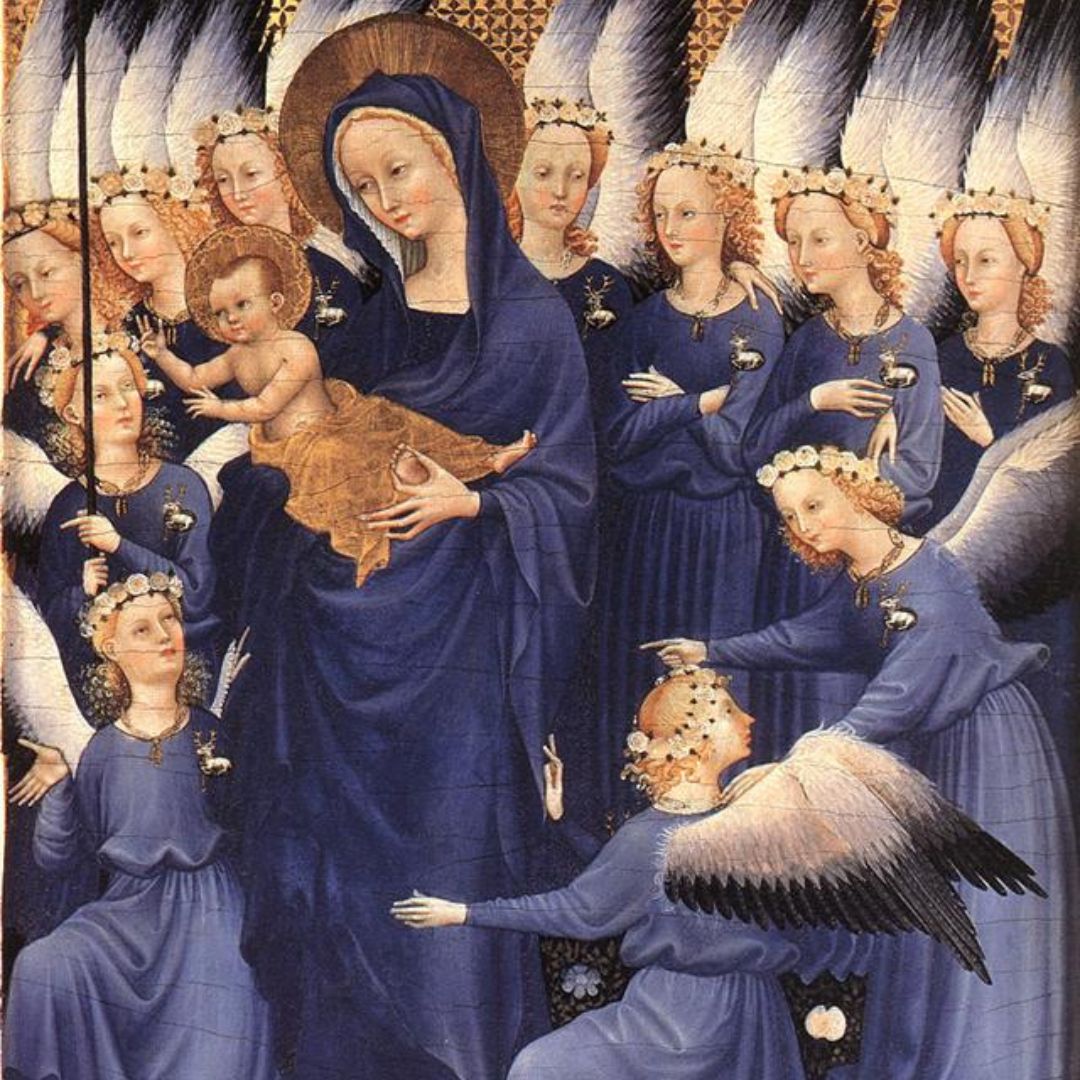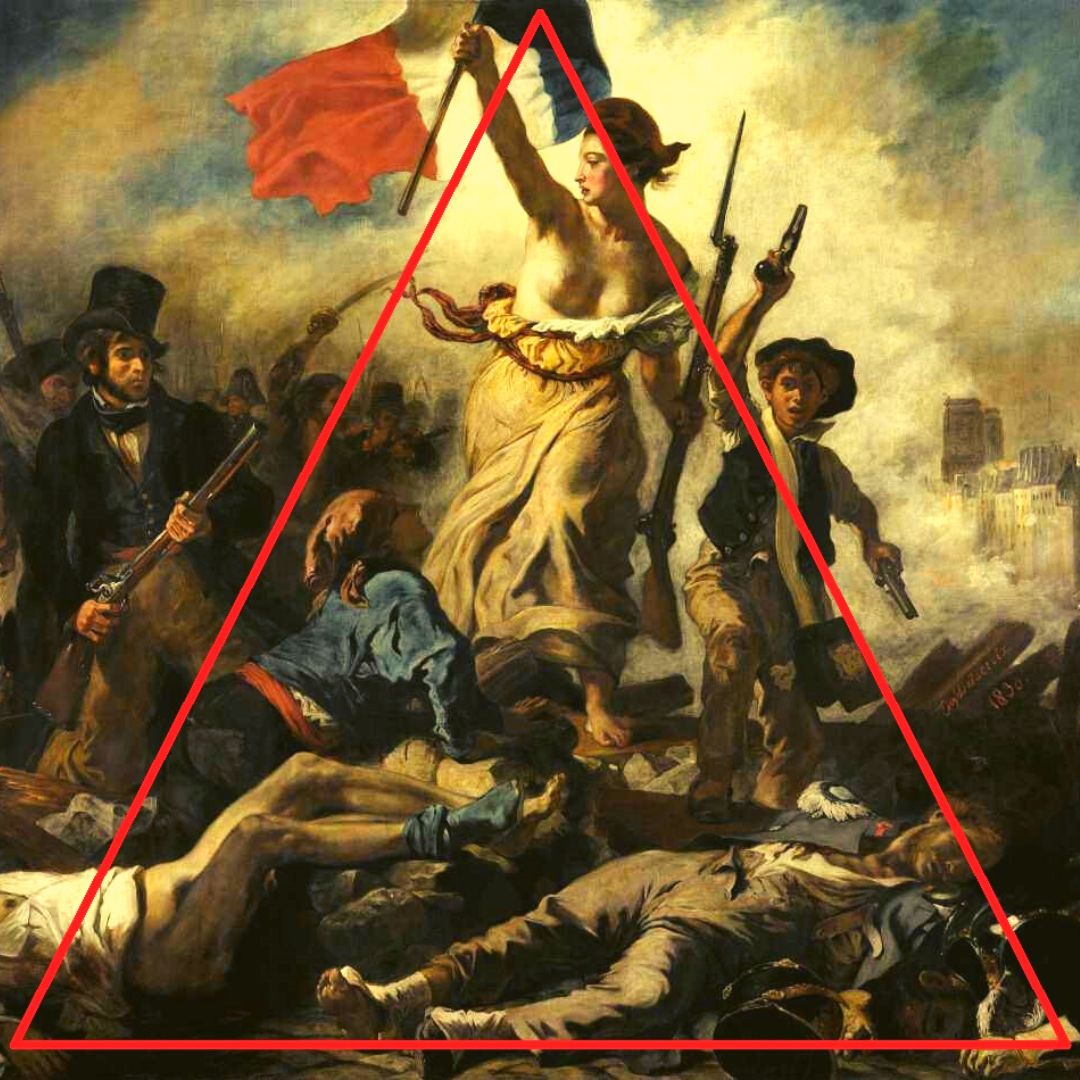Certified training institution DGERT nº 1800/2015.
In online certificated courses in analysis and interpretation of art learn how to interpret art with the methods and techniques to apply in order to read different types of artistic works and different periods and artistic movements.
What you’ll find in the online certificated courses – Analysis and Interpretation of Art
The online certificated courses in analysis and interpretation of art are composed of a basic structure of lessons with text, images, explanatory diagrams and presentations and can be supplemented with other important resources for learning how to interpret art:
- Glossaries
- Explanatory videos
- Supporting texts and downloadable E-books
- Indication of external resources (web and bibliography) for further study of the topics
And practical examples
In the online certificated courses about analysis and interpretation of art you will learn how to analyse art with practical analyses of representative art works in art history.
What are the advantages in attending online certificated courses at Citaliarestauro?
Freedom of schedule and timing
You have full access to all content 24 hours a day for unlimited time. The attendance schedule to the certificated online courses – analysis and interpretation of art – are defined by the student.
You can go further in your studies
In addition to the pedagogical contents that make up the corpus of each interpretation of art online certificated course additional resources and indications for research and deepening of the topics covered are made available.
Systematic updates
We update our content and reference materials about the art analysis and interpretation of art regularly so that you always have the latest information.
Practical examples
More than learning about analysis and interpretation of art , you will learn how to analyze works of art applying the techniques and methodologies taught in the online certificated courses
International certificate
Certificated courses are courses provided by a recognized training organization.
In the case of Citaliarestauro.com, the certification is recognized by a Member State of the European Union (Portuguese Ministry of Labor and Training).
Interpretation of art - what you will learn
Analysing art
In the online course about interpretation of art Analysing Art you will learn how to interpret art and analyze works of art in their formal and symbolic aspects.
And how to specifically analyze works of painting, sculpture and architecture.
You will learn:
- Know the formal elements that are essential for reading a work of art.
- Learn how to interpret art by analyzing the various elements that make up a work of art.
- Learn how to place a work of art in its historical, geographical and social context.
- Learn how to analyze works of art from an iconographic point of view.
- Know the specific elements of analysis to apply to works of painting, sculpture and architecture.
Iconography
Learn about interpretation of art and iconographical analysis of works of art and how to identify the iconography of the saints and their attributes and representations.
Includes downloadable and e-books and glossaries.
You will learn:
- Recognize and distinguish the concepts of iconography and iconology,
- Identify and recognize characters and scenes using iconographic analysis.
- Identify important literary and graphic sources for iconographic reading.
- When faced with a practical case, apply the iconographic method at all levels of iconographic analysis and recognize and contextualize characters and episodes from Christian hagiography.
How to identify architectural styles
At the end of this certified online course, participants will know the bases and formal characteristics of the architectural styles under analysis, from the Middle Ages to the 19th century: Romanesque | Gothic | Renaissance | Baroque | Neoclassicism | Romanticism.
As well as locating them in time and being able to identify them through observation.
You will learn:
- to know the bases and formal characteristics of the architectural styles under analysis, as well as to situate them in time.
- to know how to identify architectural styles through observation.
- learn the basics and formal rules and how to identify each of the architectural styles by observing their forms.
The identification of each architectural style is complemented by the analysis of practical examples of monuments
Learn to interpret masterpieces from the art movements – classicism and romanticism
In this online course about interpretation of art you will analyze some of the most fascinating masterpieces of classicism and romanticism and learn about these art movements of the 19th and 20th centuries.
You will learn:
- In the online course ” Interpretation of masterpieces of neoclassicism and romanticism ” you will analyse 7 artists who made a revolution in art: Jacques-Louis David, Antonio Canova, Auguste-Dominique Ingres, “ Francisco de Goya, Théodore Géricault, Eugène Delacroix, William Turner.
- Based on the methodology learned in this course, you will be able to interpret the great masterpieces of classicism and romanticism.
History of pigments in art
The use of pigments in art has been a fundamental part of artistic creation throughout history.
The history of pigments has been part of artistic creation from prehistoric times to the present day and is of enormous importance for interpretation of art .
It is particularly useful for:
- students and teachers of art and art history
- visual artists
- conservators restorers
- gallery owners and art curators
However, it is perfectly suitable for anyone interested in the topics.
There are no access requirements.







